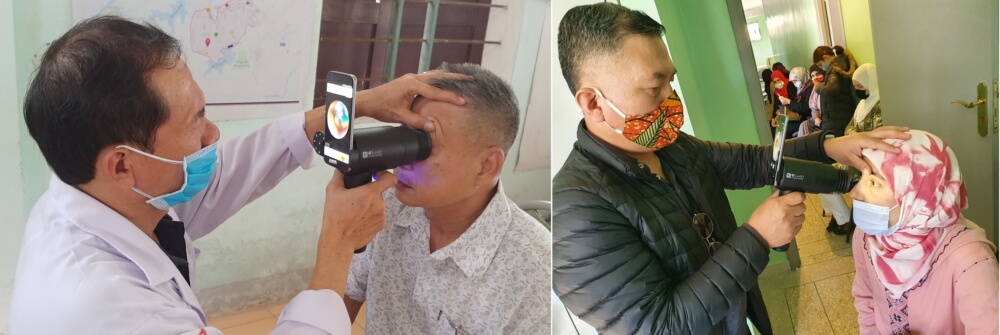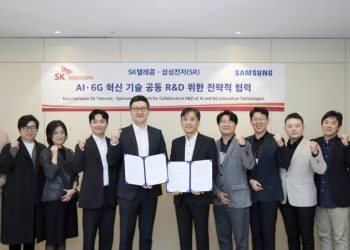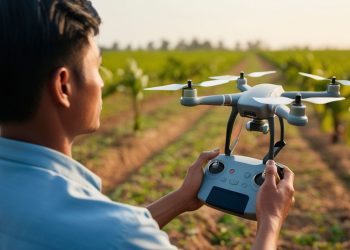Samsung Electronics announced that it had developed ophthalmic health care solutions by repurposing old Galaxy smartphone cameras. The electronics company partnered with the International Agency for the Prevention of Blindness(IAPB) and Yonsei University Health System (YUHS). As Samsung stated, it has created the EYELIKE fundus camera, a handheld medical device that detects eye diseases.
“People around the globe face barriers to accessing fundamental health care, and we saw an opportunity to engineer smart, innovative solutions that reuse products to drive more sustainable practices and make a positive impact in our communities,” said Kim Sung-Koo, VP of Samsung Electronics’ Sustainability Management Office.
Based on the World Health Organization’s (WHO) data, over 2.2 billion people worldwide experience vision impairment in some form. WHO also said that around half of the cases are not yet addressed or preventable. According to study estimates, vision impairments are more common in low and mid-income areas with little eye care service availability. To address these issues, Samsung planned to create innovative technologies that enhance people’s lives through the Galaxy Upcycling program.
The Galaxy Upcycling Program and EYELIKE Fundus Camera
A few years back, Samsung established the Galaxy Upcycling program to demonstrate the Galaxy devices’ other uses. Kim emphasized that the program represents Samsung’s vision to improve life quality while shaping a future built on sustainability. Thanks to this program, Samsung produced the handheld EYELIKE fundus camera by repurposing cameras from old Galaxy smartphones.
First, Samsung fastened the EYELIKE camera to a lens attachment and used the smartphone to take pictures, improving fundus diagnosis. Next, the Galaxy device uses AI algorithms to examine the images, detect ophthalmic diseases, and provide a diagnosis. Finally, an app collects the patient’s data and presents a significantly affordable treatment plan. In addition to these developments, EYELIKE also tests patients for blindness-related conditions, including glaucoma and diabetic retinopathy.

Improving Healthcare Accessibility
YUHS’s Dr. Yoon Sang-Chul also said that they wanted to develop eye health diagnosis solutions. Dr. Yoon added that they aimed to make the eye diagnosis technologies as low-cost as possible to reach more people. After seeing the Samsung Galaxy smartphones’ performances, the researchers planned to incorporate their upcycling capabilities into their study.
Moreover, the research team incorporated several optical and AI tech with Galaxy smartphone cameras. Following this innovation, the partners developed the EYELIKE, an inexpensive medical instrument with similar capabilities to professional-grade fundus cameras. Besides fixing various ophthalmic health concerns, the new technology also helped minimize increasing environmental issues.
Previously, Samsung has collaborated with IAPB and YUHS to deliver ophthalmic medical devices to remote areas in Vietnam. Samsung is currently expanding its operations to Papua New Guinea, Morocco, and India. Additionally, last month, Samsung shared that the Galaxy Buds Pro could aid people with hearing impairments.






